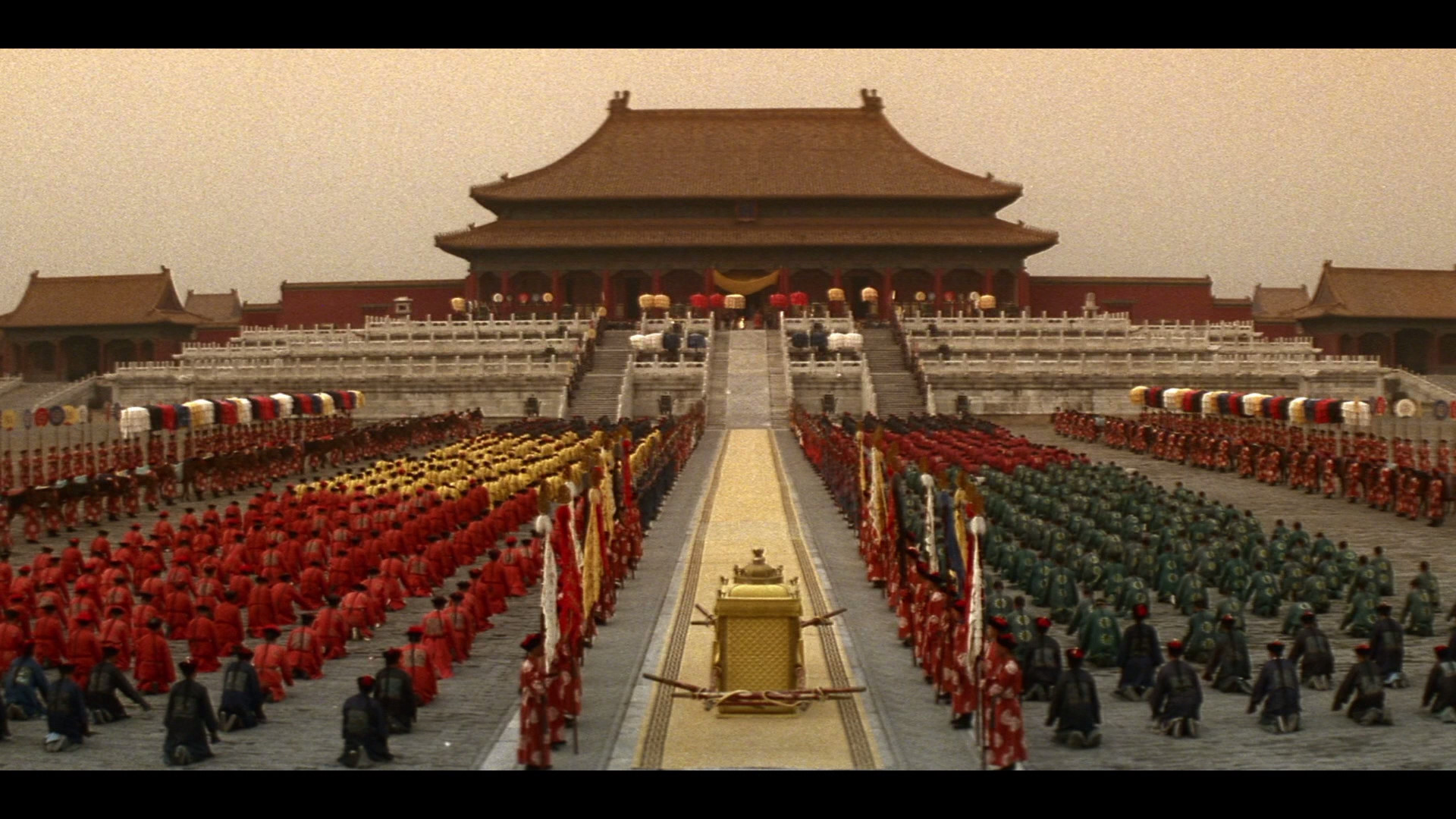Summary:
The director is responsible for the dramatic structure, pace, and directional flow of the sounds and visual images. He/she must maintain viewer interest: must position himself as audience and analyze the movie as a whole, but caring about every minimum detail in able to convey this “whole image”. The director works with the talent and crew, staging and plotting action, refining the master shooting script, supervising setups and rehearsals, as well as giving commands and suggestions throughout the entire recording and editing.
The director decides how the film should look, turning the script into a sequence of shots, therefore adapting it to reality –this gives him the responsibility of knowing how to correctly adapt the script, translating it to real images-. He takes the important decisions during the filming such as: camera angles and distances, lens’ effects, lighting and set design. He is also responsible for the hiring of new crew members (and managing the ones who are already working in the movie).
The director has to advise and order the actors on how to play the different scenes, in order to convey the desired mood/effect. He makes storyboards to illustrate the shot sequences and concepts (how the link with each other, ideas of the shot, etc). The director also has to participate in the general editing of the movie, advising on color grading, different sound mixes (both diagetic and non-diagetic), different shot sequences, etc.
A director has to have a general technical knowledge/understanding of the equipment being used (cameras, lights, etc). He needs to be able to have an outstanding communicative skill to interact with the other crew members efficiently through the filming. He should be extremely committed with the movie and an organized person (able to meet deadlines, work efficiently). A director is required a deep knowledge in visual composition, writing skills, technical applications, different software, and film structure in general (themes, moods, and how to create these!).
A director must be able to have an accurate location planning, in able to convey scenery adequate for the script and the essence of the movie, shot pacing, acting styles, etc.
The director has a los of responsibility on him. He has to take care of all the problems in the film making. For example, if the actor refuses to do a scene, the director is responsible in taking care of this. The director is the one responsible in looking for the settings that sometimes they might not find.
The director must have the ability to see the movie as a whole, a unified and finished piece of work (even before it’s completed), enabling him to take care of the details which create this wider concept (He is the one in charge of putting together all the little pieces which make the movie together). This is because he is the one responsible of portraying/conveying the ESSENCE of the movie he is directing, and for being able to do this, he must pay crucial attention to every single detail which takes part in the movie.
Case Study: Tim Burton
Biography: born in 1958, in the city of Burbank, California, Burton was a very introspective person in his childhood, finding pleasure in drawing, painting, and occasionally filming short movies in his backyard. He graduated at CalArts and called Disney’s attention, in where he had a short work, because of his desire to follow a more solo career. His films have as a characteristic the setting of imaginary worlds, fantasy and exaggerated themes and a dark tone to many of his movies (Burton enjoyed reading Edgar Alan Poe in his early days). Between the actors he has worked with, there are some he particularly tends to use; examples being Johnny Depp (e.g.: Edward Scissorhands, Ed Wood, Sweeney Todd) and Helena Bonham Carter (e.g.: Corpse Bride, Big Fish, Alice in Wonderland).

























